Posts by Change Checker
Your Guide to the UK’s Pre-Decimal Currency
If you were born after the UK’s coinage system turned decimal, or it’s simply been a while since you’ve thought about pre-decimal coinage, it can be a bit confusing!

From the farthing, to the Thrup’nny bit, there’s a lot of coins to get your head around. So, Change Checker is on hand with your guide to the UK’s pre-decimal currency!
The Farthing
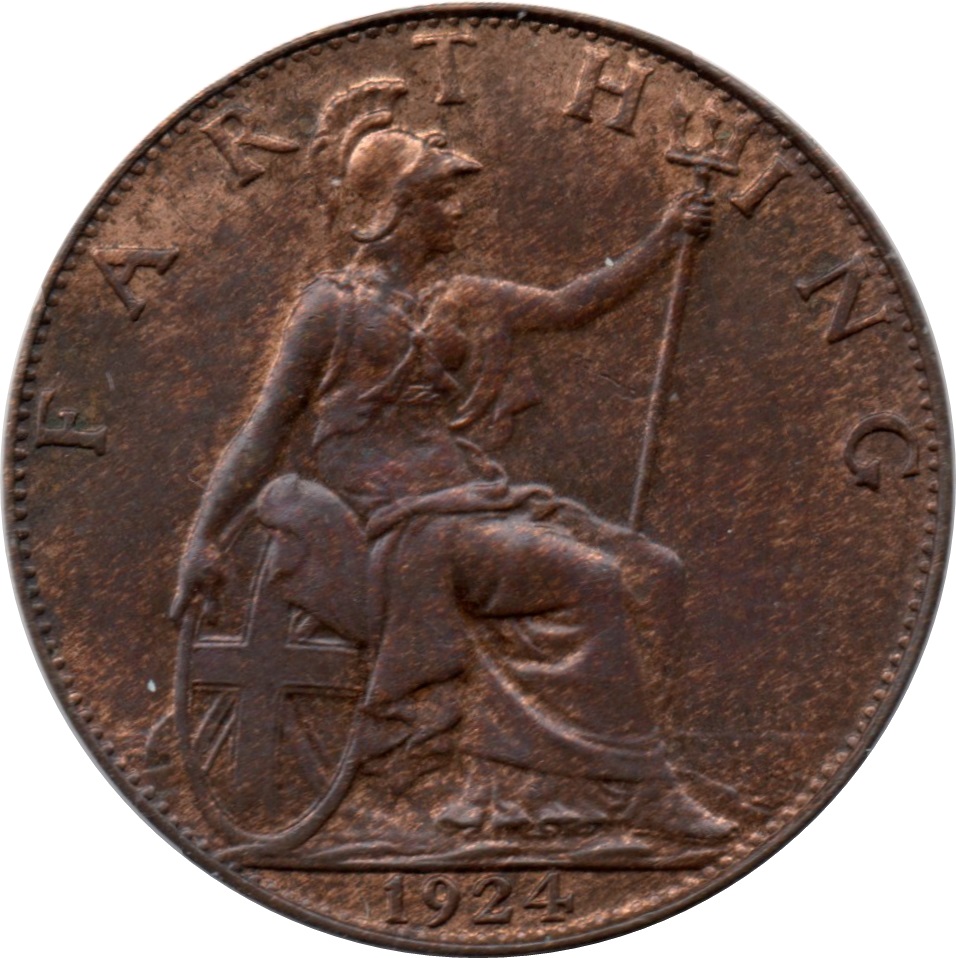
The farthing equaled that of a quarter of a penny and it was issued for circulation for nearly 100 years (1860-1956).
This small but significant coin featured the portraits of 11 monarchs, including George I, Queen Victoria, and Queen Elizabeth II.
Half Penny
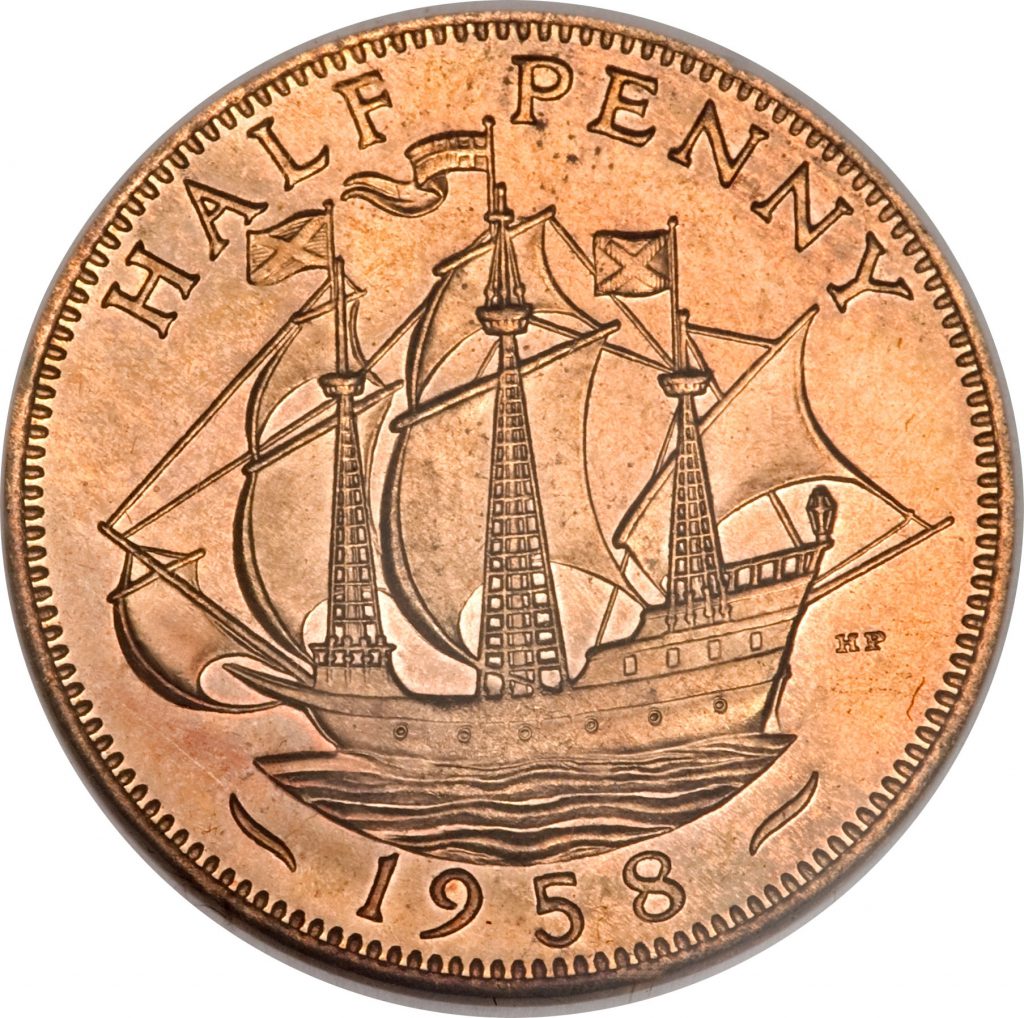
Suggestive of its name, the half penny was worth, literally half of a penny in value. Two farthings would therefore make a half penny!
The last half penny issued for circulation was dated 1967.
Penny

The pre-decimal One Penny, also known as 1d, held a lot less value than the modern ‘New’ Penny – there were 240 pennies in a pre-decimal pound!
They were used in circulation from 1714 and the last One Penny was struck in 1967, before the introduction of the ‘New’ Penny in 1971.
Threepence
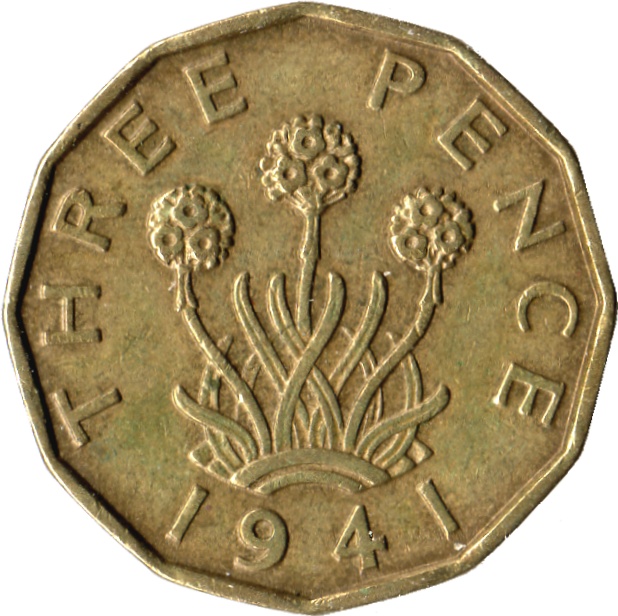
The 12-sided threepenny (or 3d) is fondly remembered for its individuality. There was quite literally nothing quite like it before, and it holds the proud title of Britain’s first non-circular coin since milled coins were introduced in the 17th century.
The unconventional shape and thickness of the new brass Thrup’nny Bit made it easy to identify amongst other coins in loose change and it quickly proved to be a very popular new addition.
Alongside this brass version of the threepenny, a silver 3d also circulated through the reign of King George V. It even sometimes circulated alongside the brass coin!
Its name derived from it’s value, being equal to exactly three pennies.
Sixpence
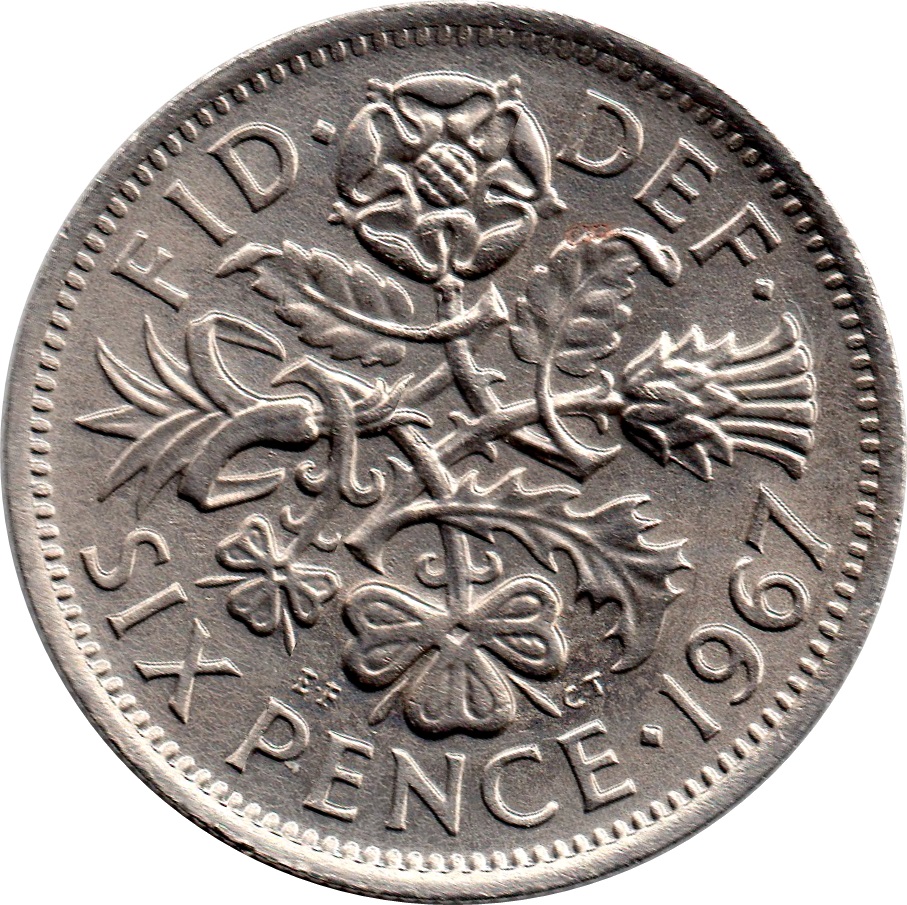
Also called a ‘Tanner’ the sixpence was equivalent to one-fortieth of a pound sterling, or half a shilling.
It was first minted in 1551, during the reign of Edward VI, and circulated until 1980.
Throughout centuries, the sixpence has been considered lucky, with fathers slipping one into their daughter’s shoe on their wedding day, and families hiding one in their Christmas pudding, in the hope it would bring prosperity and good fortune.
The sixpences continued to be legal tender until 1980 with a value of 2 and a half new pence. The public were so fond of the sixpence, that there was even a ‘Save Our Sixpence’ campaign!
Shilling
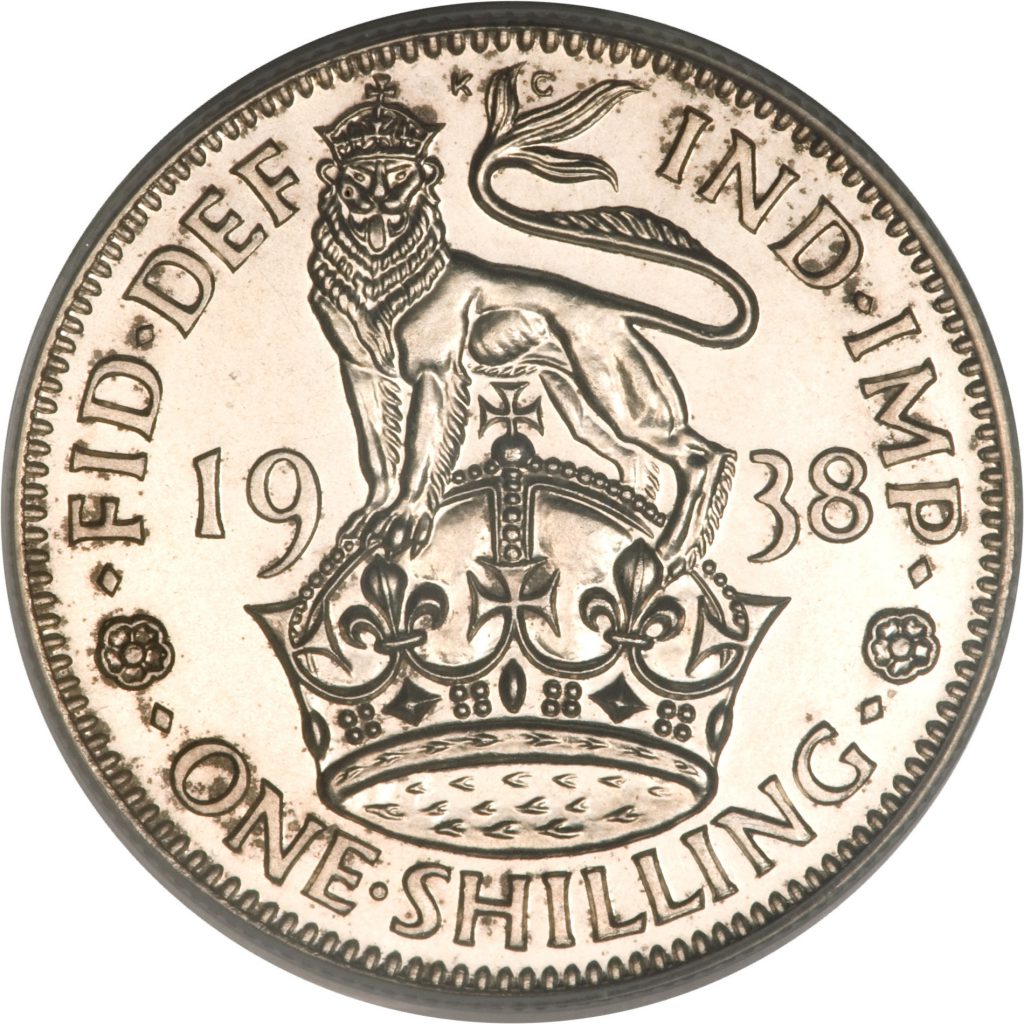
A shilling (or 1/-) was worth 12 pennies and there were 20 in the pre-decimal pound sterling.
The shilling was technically replaced by the five new pence in 1968 in preparation for the decimal changeover in 1971 but they were used as five pence pieces until the 5p was made smaller in 1990.
Florin
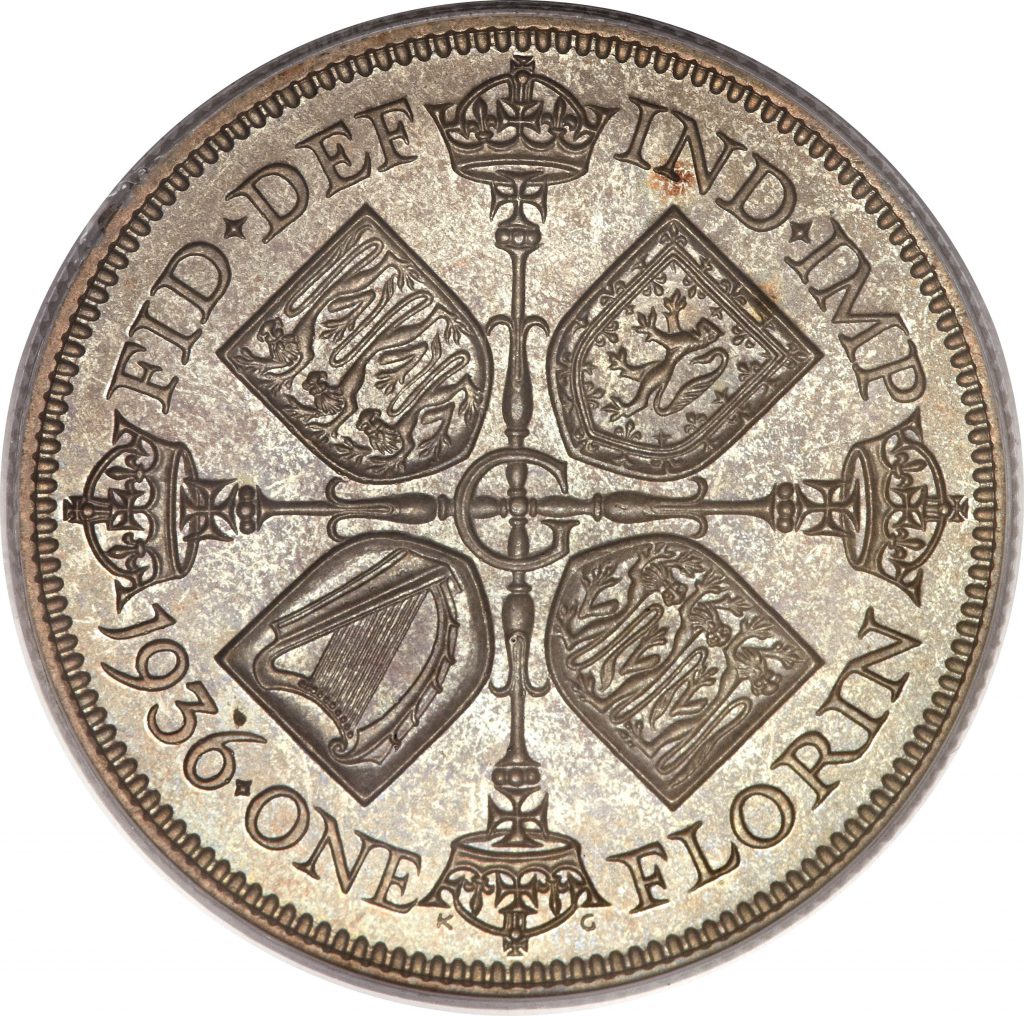
The Florin (or Two Shillings, 2/-) was worth 24 pre-decimal pence or two shillings. It was introduced by Victorians in a step towards decimalisation because it was worth one tenth of a pre-decimal pound sterling.
The last Florin intended for circulation was dated 1967 but these coins were used as Ten new pence until the 10p was made smaller in 1990.
Half Crown
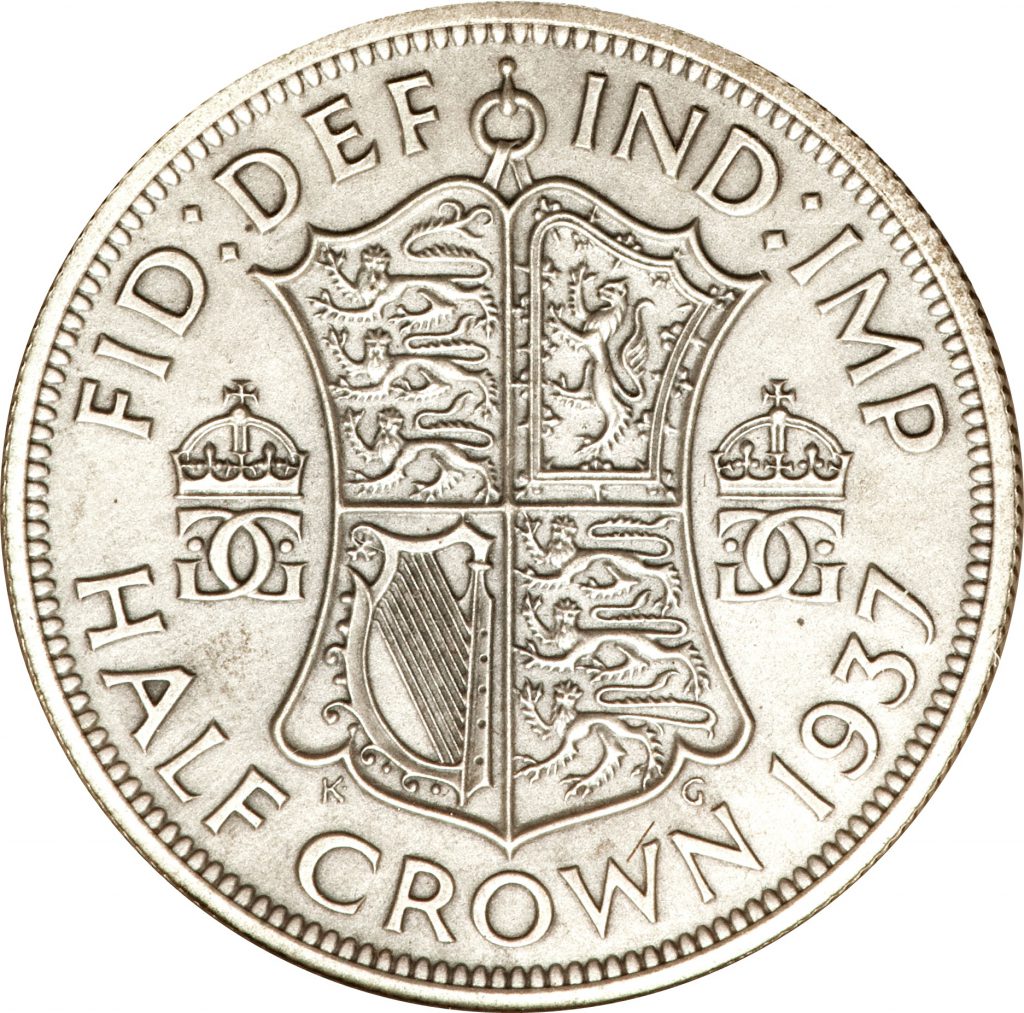
The Half Crown (2/6) was worth 30 pre-decimal pence (or two shillings and sixpence). There were eight Half Crowns in a pound sterling.
The last crown for circulation was dated 1967.
Crown
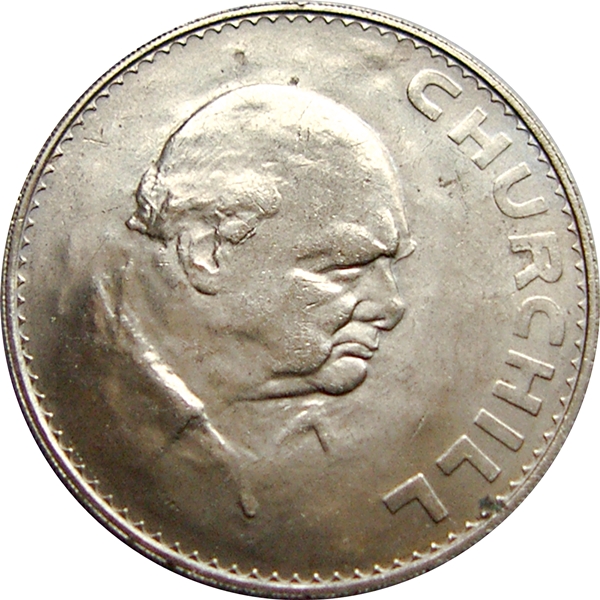
The English crown was introduced by order of King Henry VIII in 1544 but it wasn’t until 1707 that we saw the British crown. It was the successor to the English crown and the Scottish dollar, and it came into being with the Union of Kingdoms of England and Scotland.
It was worth 60 pre-decimal pence or 1/4 of a pound sterling. The legal tender value of the crown remained as 25p until 1990 when their face value was increased to £5 in view of its relatively large size compared to other coins.
With its large size, many of the later coins were primarily commemoratives. The 1965 issue carried the image of Winston Churchill on the reverse, the first time a non-monarch or commoner was ever placed on a British coin, and marked his death.
In 2010, Crowns (£5) were no longer available from banks or post offices and other distributors for face value. They are now reserved for significant anniversaries, birthdays or celebrations and are available to purchase from The Royal Mint and other distributors.
Half Sovereign and Sovereign
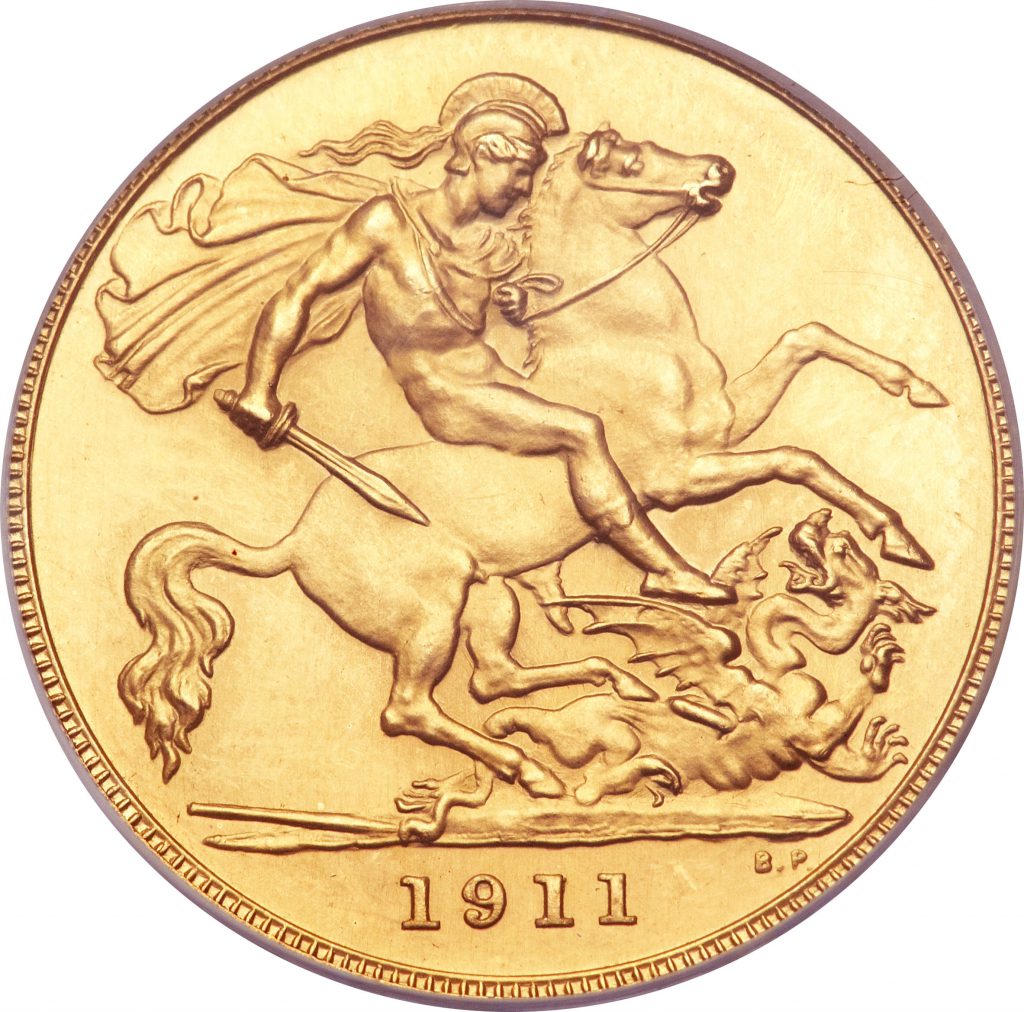
Sovereigns had a face value of 20 Shillings (or one pound) and Half Sovereigns of 10 Shillings. As they are made of 22ct Gold, they have a much higher metal value and have not been used as currency in recent years due to this.
Sovereigns are now reserved for flagship royal or historical anniversaries and are only available to purchase from The Royal Mint or official distributors.
Now that you’ve read your guide to the UK’s pre-decimal currency, do you have a favourite coin from the ones we’ve mentioned? Let us know in the comments below!
Secure the Complete Decimalisation Coin Collection & Display Card for JUST £30.00 (+p&p)
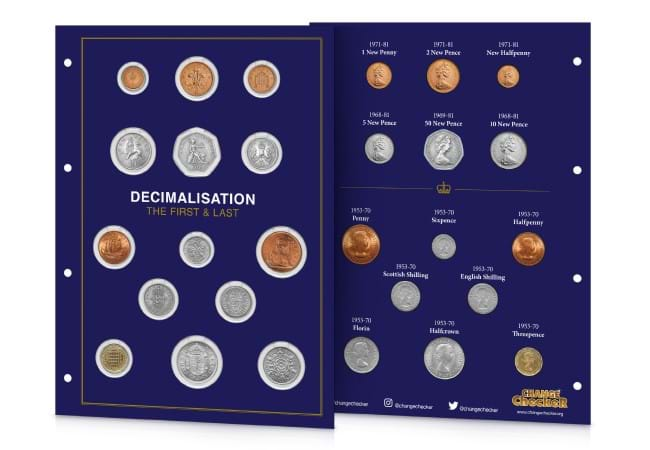
2021 will mark 50 years since this pivotal moment in British history and so in tribute, Change Checker has issued this Complete Decimalisation Set.
It includes the 14 coins which were affected by the decimal changeover on ‘D-Day’ in 1971 and makes for the perfect heirloom for any aspiring collector, or for those interested in the heritage of British coins.
Secure yours here for JUST £30.00 (+p&p) >>
The 50p issued to celebrate 50 years since Decimal Day – JUST released!
On February 15th 1971, the UK’s currency went decimal and this enormous change to UK coinage called for one of the biggest publicity campaigns our nation had ever seen!
To celebrate the 50th anniversary of ‘Decimal Day’, as it was known, The Royal Mint has JUST released a brand new 50p.
This brand new 50p, designed by Dominique Evans, features overlapping pre-decimal coins in an ode to Decimal Day, with the date ‘1971’ at the centre of the design.

Over the years, the 50p has become the most-collected and best-loved decimal coin in the UK and given the significance of this anniversary, demand for this new coin is expected to be high.
You can secure your 2021 Decimal Day 50p for your collection for JUST £4.50 (+p&p) by clicking here >>
We’ve seen some amazing coins issued since Decimalisation. In this blog, we take a closer look at some of Change Checker’s favourites.
2019 50th Anniversary of the 50p Coin
2019 marked a milestone moment for coin collectors as the world’s first seven-sided coin celebrated its 50th anniversary. To celebrate the anniversary, The Royal Mint issued this 50p.
This coin was designed by The Royal Mint design team and is said to ‘pay tribute to the science that gave us the world’s first seven-sided coin’.
Featuring Christopher Ironside’s iconic Britannia on the reverse, inscribed with ‘NEW PENCE’ just as the original 1969 coin was, this unique 50p has not one, but two special features:
- An exclusive never-before-seen mint mark; the Spirograph type design has been drawn from an extension of lines forming the 50p shape
- A minting first; on the outer rim of the reverse design, the letters A-G appear on each point and are joined by crossing lines.
You can secure this 50p for your collection, whilst stocks last, for JUST £4.50 (+p&p) here >>
The first-ever £2 coin!
In 1986, a brand new UK denomination was introduced in the form of a £2 coin.
Prior to the introduction of the bi-metallic £2 coins in 1998, single-coloured, nickel-brass £2 coins were issued, purely to mark special occasions. Between 1986 and 1996, there were seven different designs of the single-coloured £2 coins.
The 1986 Commonwealth Games £2 coin changed the face of UK commemorative coins, being the first of its denomination to be struck and the first British coin being issued to commemorate a sporting event.
Do you remember the old specification £2 coins? Let us know in the comments below!
The bi-metallic £2 coin!
The new type of £2 coin was introduced in 1997 and featured an innovative bi-metallic design – the first in the history of British coinage.
The concentric circles on this design by Bruce Rushin represent mankind’s technological evolution from the Iron Age at the centre, to the cogs and wheels in the first ring representing the Industrial Revolution.
The next ring symbolises the computer age with a pattern derived from a silicon chip and the final outer ring represents the age of the Internet with a connecting web of lines.
This design has been used on definitive £2 coins from 1997 to 2015!
Britain’s Round Pounds
The first UK £1 coin was issued in 1983 to replace the £1 banknote, which only lasted a few months in circulation! The £1 coin quickly became a hit with collectors, with everyone trying to hunt down the different designs.
The first £1 coin design features the Royal Coat of Arms designed by Eric Sewell, a chief engraver at the Royal Mint. It also features the edge Inscription: DECUS ET TUTAMEN.
This coin was issued in 1983, 1993, 2003, 2008 and has a circulating mintage of 623,304,510.
After more than 30 years in the nation’s pockets, the familiar round £1 coin was replaced with an all new, 12-sided £1 coin in 2017 and it lost its legal tender status at midnight on 15 October 2017.
Despite this, some round pounds remain incredibly popular with collectors, due to their designs and their low mintages.
Nations of the Crown £1
The new £1 coin first entered circulation in March 2017 and it features 12 sides.

Billed as the most secure circulating coin in the world, the new £1 has been formally named ‘The Nations of the Crown 2017 UK £1′.
The coin, designed by 15-year-old David Pearce following a public competition in 2015, is made up of the English rose, the Welsh leek, the Scottish thistle and the Northern Irish shamrock emerging from one stem within a royal coronet to represent the four constituent countries of the United Kingdom.
5p and 10p Coins
In 1968 the 10 New Pence coin entered circulation to replace the florin as part of Britain’s conversion to a system of decimal currency.

The public was uncertain about using this new coin to start with, after generations of pounds, shillings and pence, meaning the Decimal Currency Board still needed to reassure suspicious Britons to go decimal.
Our 10p coin has seen three different definitive designs and in 2018 we saw our first-ever commemorative designs, with the release of 26 A-Z of Great Britain 10p coins!
In April 1968, 5p coins were issued as a replacement for shillings in preparation for decimalisation in 1971.
These were released into circulation at the same time as the very first 10p coins.

In 1990 and 1992, the specifications of the 5p and 10p were reduced, respectively. On 27th June 1990 the new 18.00mm 5p was introduced and 30th September 1992, a reduced size version of the 10 pence coin was introduced
Since decimalisation, we’ve seen some incredible definitive and commemorative designs to our UK coins.
Let us know in the comment which definitive design is your favourite!
Secure the brand new 2021 Decimal Day 50p for your collection!

You can own yours in CERFITIED Brilliant Uncirculated quality for just £4.50 (+p&p) today.
A deep dive into decimalisation…
In 1971, Britain officially went ‘decimal’ after a long period of campaigns in preparation for the move.

The transition to decimalisation was the biggest change to the UK’s monetary system in over 1000 years and understably was met with caution by the public.
Rationale presented by decimal enthusiasts was opposed by those who were cautious of the effects of a new decimal coinage system.
In this blog, we take a close look at this controversial monetary move as we take a deep dive into Decimalisation…
The Decimal Debate
For centuries, Britain’s coinage consisted of pounds, shillings, pence, farthings, crowns, half pennies… the list goes on!
This complex system had first been raised for debate in 1847 by Sir John Bowring, who proposed a call for it to be changed to a currency based on units of ten. As a result of his proposal, the nation’s first decimal coin appeared – the farthing.

It wasn’t until 1961 however, that the Government set up a special committee to think about whether Britain should introduce a decimal currency.
On 1 March 1966 the Chancellor of the Exchequer, James Callaghan, announced that pounds, shillings and pence would be replaced by a decimal currency, with a hundred units in a pound.
Making the Change
The changeover was a huge task and the public and businesses of Britain required all the necessary information to make the changeover as smooth as possible.

The volume of coins required to be produced was far greater than The Royal Mint’s production capabilities at Tower Hill and it brought about their move to Llantrisant, South Wales, in 1968. It was here that the first of almost six billion coins required for decimalisation went into production.

In 1968 the new 5p and 10p coins were introduced. They were the same size and value as the existing one and two shilling coins to make the transition easier for the British public.
It was in 1969 that the first seven sided coin – the 50p – was introduced to replace the 10-shilling note as a more economical alternative and then finally, on Monday 15 February 1971, the transition was complete when the half penny, 1p and 2p coins were also introduced.
Our Dear Decimals
From Britannia to the Royal Shield design, we’ve grown to love our decimal coins but in their 50th anniversary year, it’s wonderful to see the journey they’ve made.

We’ve seen over 100 different designs of our 50p coin since it’s introduction in 1969, over 60 different £2 coin designs since 1986, and a complete re-design of our £1 coin’s specification to a 12-sided coin, from the original round pounds in 1983.
In 2018 we even saw our first-ever commemorative 10p coins, with over 26 designs celebrating quintessentially British icons!
We’ve certainly been blessed with lots of decimal coins to collect and here’s hoping there’s many more to come! There’s not been a new £1 coin design since 2016 so perhaps that will come next…
Let us know in the comments which decimal coin is your favourite!
Secure the Complete Decimal Coin Collection!

This Complete Decimal Coin Collection includes the 14 coins which were affected by the decimal changeover, presented in a bespoke Change Checker display page!
Secure one for your collection for JUST £30 (+p&p) by clicking here >>






